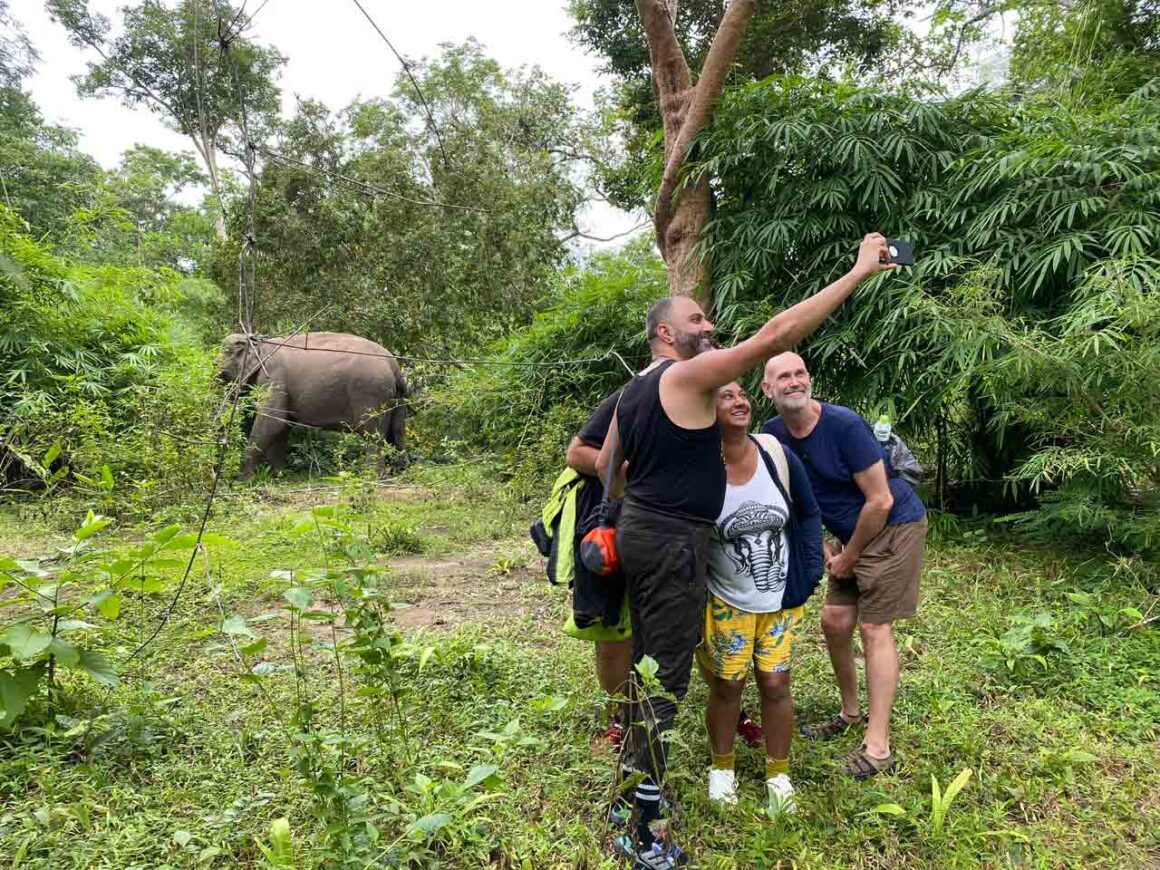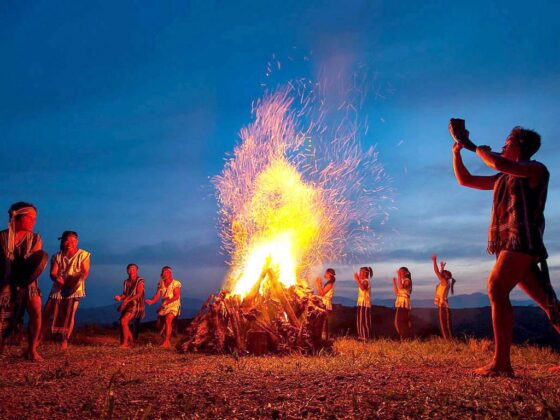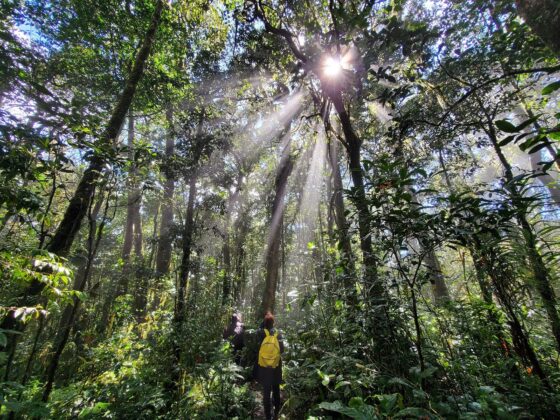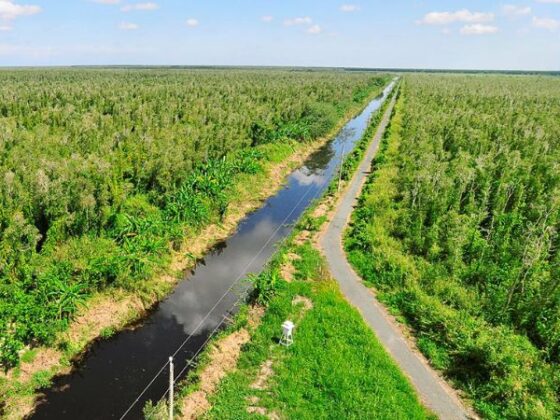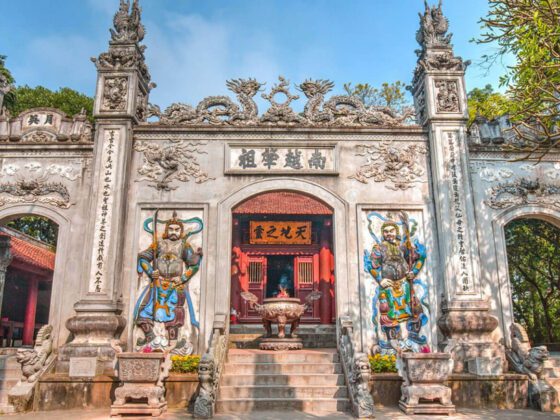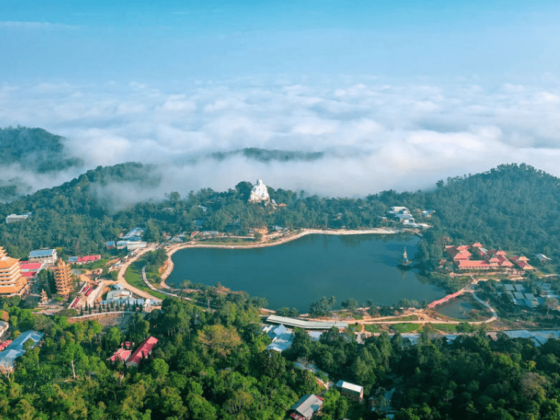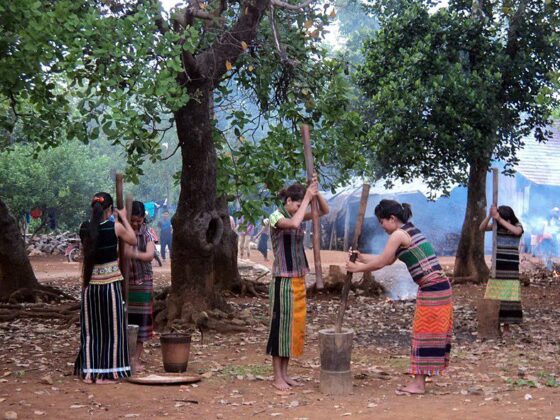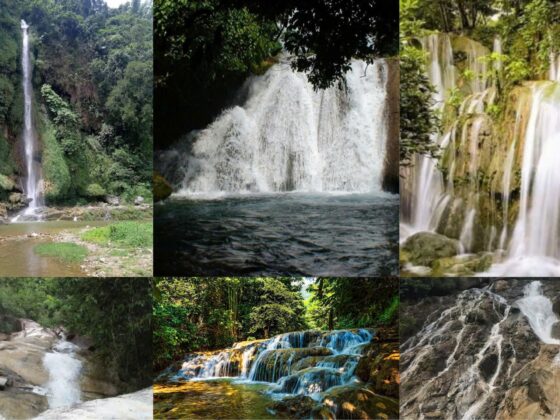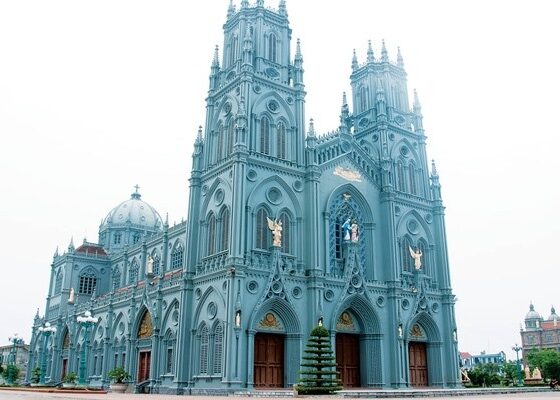Table of Contents Show
Most adventures begin with light. This one began with darkness. In Yok Đôn National Park, deep in Đắk Lắk Province, the sun had long sunk behind the dry dipterocarp forest, leaving only the hum of cicadas and the smell of dust rising off the red earth. Our guide motioned us onto a jeep, and the Yok Đôn night safari began.
Read more interesting posts here:
- The 2-Hour Rule: Finding Accessible Nature Trails in Vietnam
- More Than a Tent: How Glamping Became My Favorite Mindful Travel Experiences
- The Ultimate Toolkit for Friendly Competition Ideas: Run It Your Way
The unique landscape of the Yok Đôn night safari
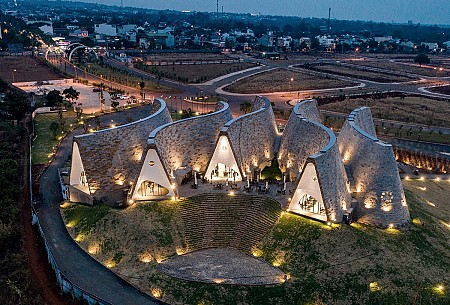
The forest here feels different from Vietnam’s wetter jungles. The trees are tall but sparse, their pale trunks rising like pillars, leaves rattling like paper in the breeze. The ground is sandy and open, easier to walk than thick rainforest but eerie at night, when shadows stretch long and every twig crack feels magnified. On the Yok Đôn night safari, our headlights cut narrow tunnels of light, and for a while, all we saw was dust hanging in the air.
Then came the eyes. Glowing orbs at the edge of the beam, vanishing when we drew closer. A sambar deer, cautious and still. Moments later, a civet darted across the path, tail high like a flag. Overhead, an owl wheeled silently, vanishing into the canopy. Each sighting was brief, but on the Yok Đôn night safari, it felt electric — a reminder that the forest does not sleep, it simply changes shifts.
Walking with shadows: the heart of the experience
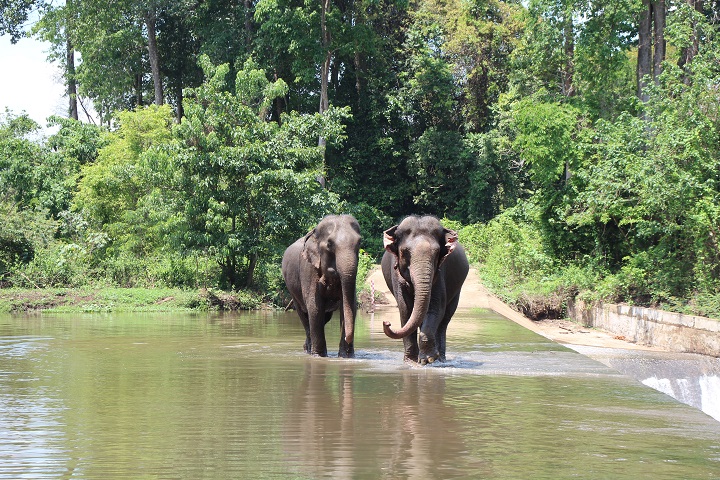
At one point, we left the jeep and walked. The ground was soft with fallen leaves, the air cooler under the sparse canopy. I remember the nervous laughter among our group, every snap of a branch making us tighten our grips on flashlights. Then, faintly, we heard it, the deep, heavy wingbeat of a hornbill passing above, unseen but unmistakable. On the Yok Đôn night safari, the guide whispered that in Ê Đê belief, hornbills are messengers, their presence a sign of protection. In that moment, the fear slipped away, replaced by a sense of being watched over.
Cultural encounters on the Yok Đôn night safari
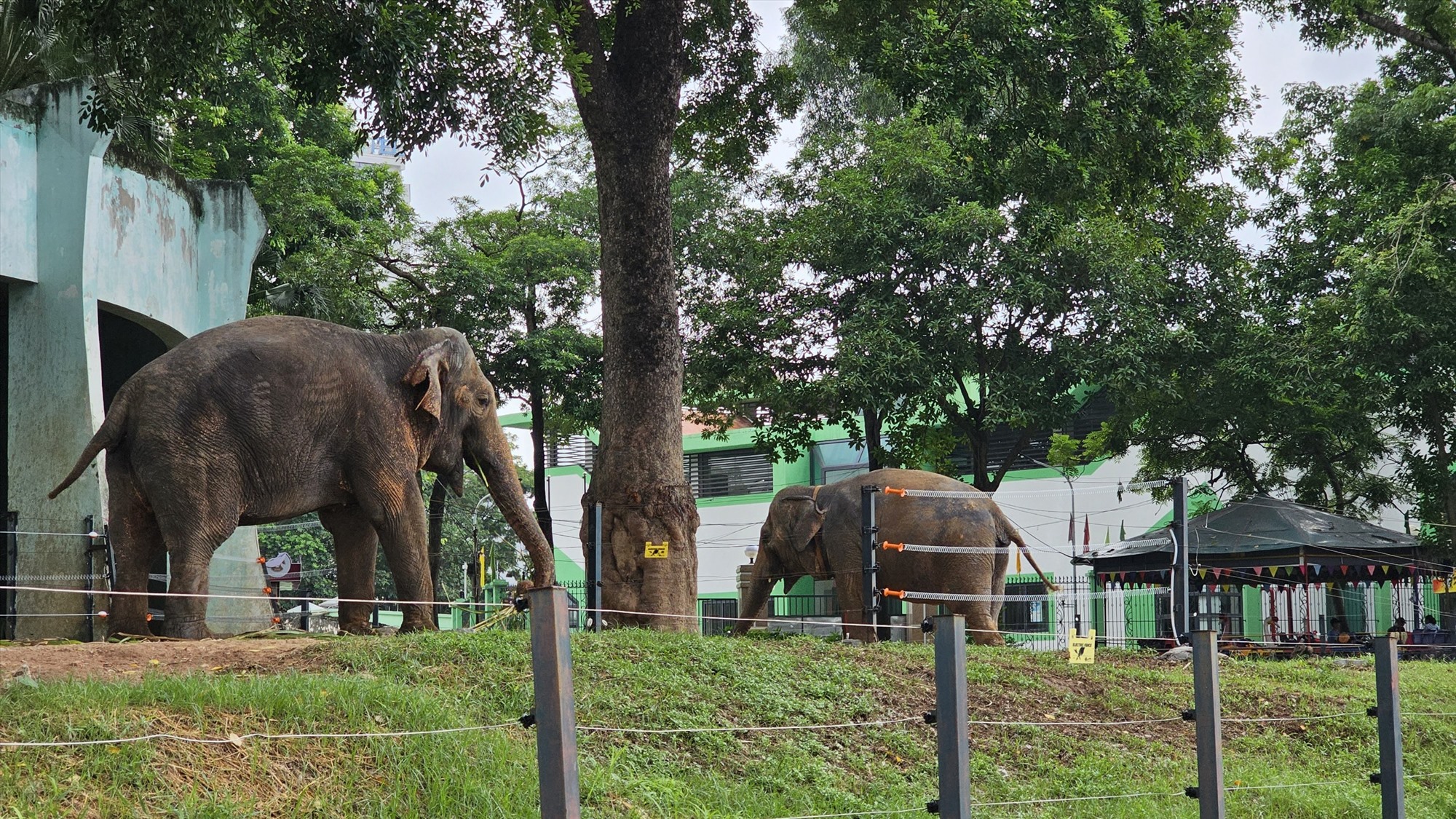
The safari ended in a small clearing where villagers had set up a fire. On our Yok Đôn night safari, they offered us grilled corn, roasted cassava, and cups of rượu cần, rice wine sipped through long bamboo straws. As sparks drifted upward, one elder told us stories of elephants — once the heart of this land, roaming freely through Yok Đôn. To the Ê Đê, elephants are not beasts of burden but kin, guardians of the forest. Though wild herds are rare now, the respect remains, woven into songs and ceremonies that echo the bond between people and animals.
Planning your Yok Đôn night safari
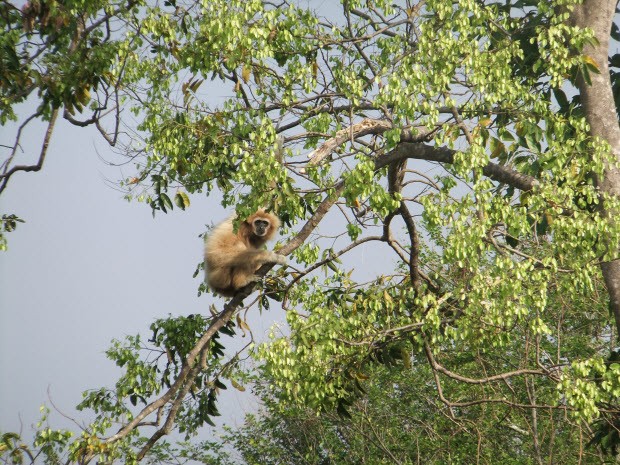
For travelers, Yok Đôn is unusual. Experiencing a Yok Đôn night safari reveals Vietnam’s only national park dominated by dry deciduous forest, a landscape that feels more like Southeast Asia’s savannas than its jungles. The park lies just 40 kilometers from Buôn Ma Thuột, the coffee capital of Vietnam, making it accessible yet still wonderfully wild. The best time to visit is during the dry season (November to April), when trails are passable and wildlife easier to spot. A strong flashlight, light long sleeves, and a quiet willingness to sit in stillness make the safari infinitely more rewarding.
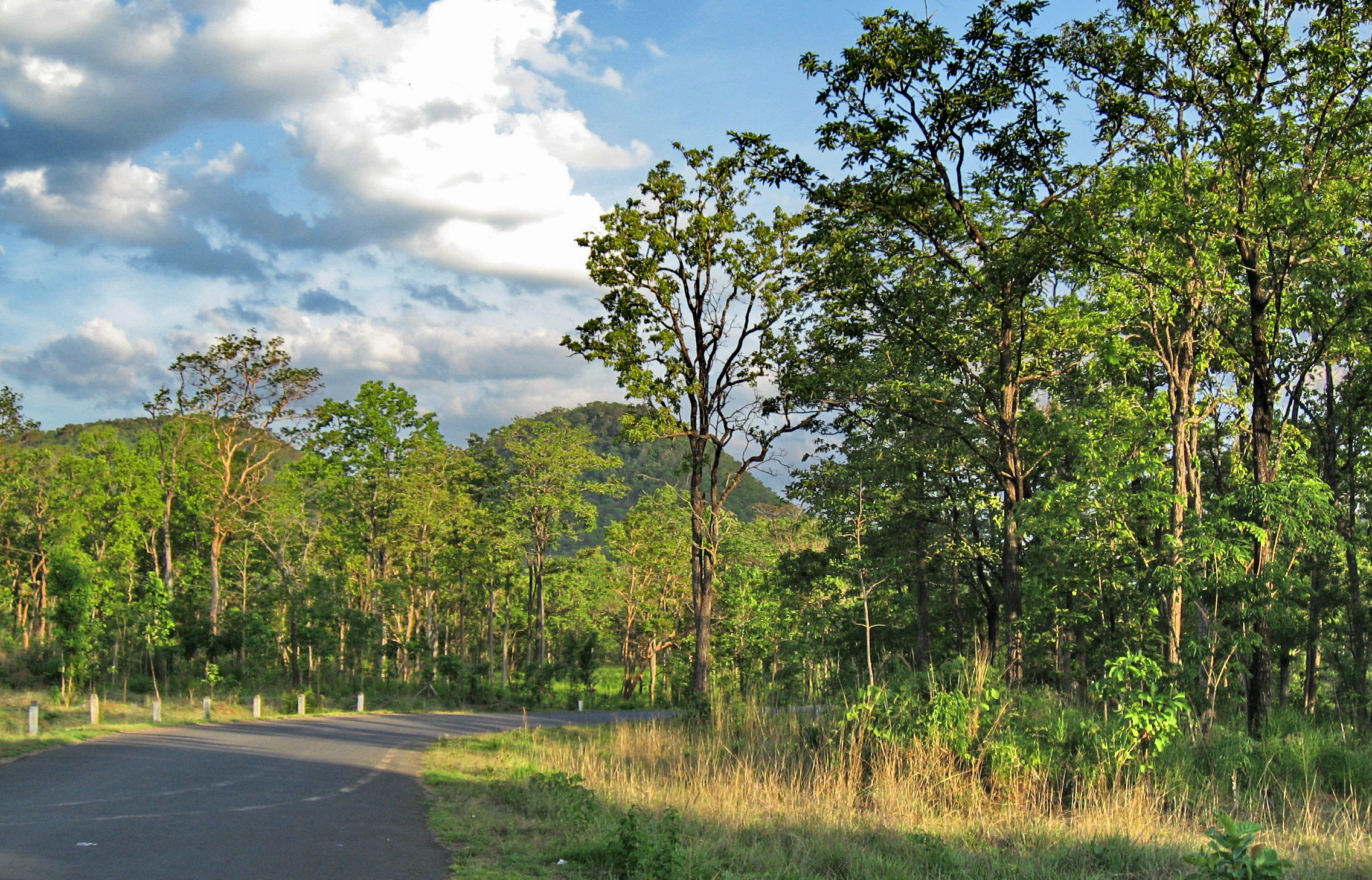
Sitting there, firelight flickering against faces, I realized that the Yok Đôn night safari was more than animals. It was about shifting perspective — learning to embrace the dark rather than fear it. In darkness, the forest felt alive in ways daylight never showed. Every rustle, every glow, every call was a thread in a story woven long before us.
When I left the Yok Đôn night safari, my shoes dusty and my clothes smelling of smoke, I carried with me not just the thrill of glowing eyes in the night but a quieter lesson: adventure isn’t always about what we see. Sometimes, it’s about learning to walk with shadows and finding wonder where fear once lived.
Conclusion
In the end, the Yok Đôn night safari is about more than just spotting animals. It’s about shifting your perspective—learning to embrace the dark rather than fear it. In the darkness, the forest feels alive in ways daylight never shows. When I left Yok Đôn, I carried with me not just the thrill of glowing eyes in the night but a quieter lesson: adventure isn’t always about what we see. Sometimes, it’s about learning to walk with shadows and finding wonder where fear once lived.
Ready to discover your own trail tale? Join our community of explorers in the ExoTrails Facebook Group and follow the ExoTrails Fanpage for daily inspiration and trail tips!
FAQs
What makes a night safari in Yok Đôn National Park unique?
Yok Đôn National Park is unique because it’s Vietnam’s only national park dominated by dry deciduous forest. A night safari provides a rare chance to spot nocturnal wildlife and experience the forest’s magic after dark, often accompanied by local Ê Đê cultural insights.
What kind of wildlife can I expect to see on a Yok Đôn night safari?
While sightings are not guaranteed, visitors might spot animals like sambar deer, civets, various owl species, and potentially hear larger animals like hornbills. The experience emphasizes appreciating the subtle signs of forest life.
When is the best time to visit Yok Đôn National Park for a night safari?
The dry season, typically from November to April, is considered the best time to visit Yok Đôn, as trails are more accessible and wildlife may be easier to spot.
How far is Yok Đôn National Park from Buôn Ma Thuột?
Yok Đôn National Park is conveniently located approximately 40 kilometers from Buôn Ma Thuột, making it an accessible adventure from Vietnam’s coffee capital.
What should I bring for a night safari in Yok Đôn?
It’s recommended to bring a strong flashlight, wear light long-sleeved clothing to protect against insects, and comfortable shoes for walking short distances.
What is the significance of elephants to the Ê Đê people in Yok Đôn?
To the Ê Đê people, elephants are deeply revered as kin and guardians of the forest. This respect is woven into their culture, stories, and ceremonies.
Is it possible to experience local culture during a visit to Yok Đôn?
Yes, many tours incorporate cultural elements, such as sharing stories and traditional rice wine (rượu cần) around a campfire with local villagers, offering a deeper insight into the Ê Đê way of life.

